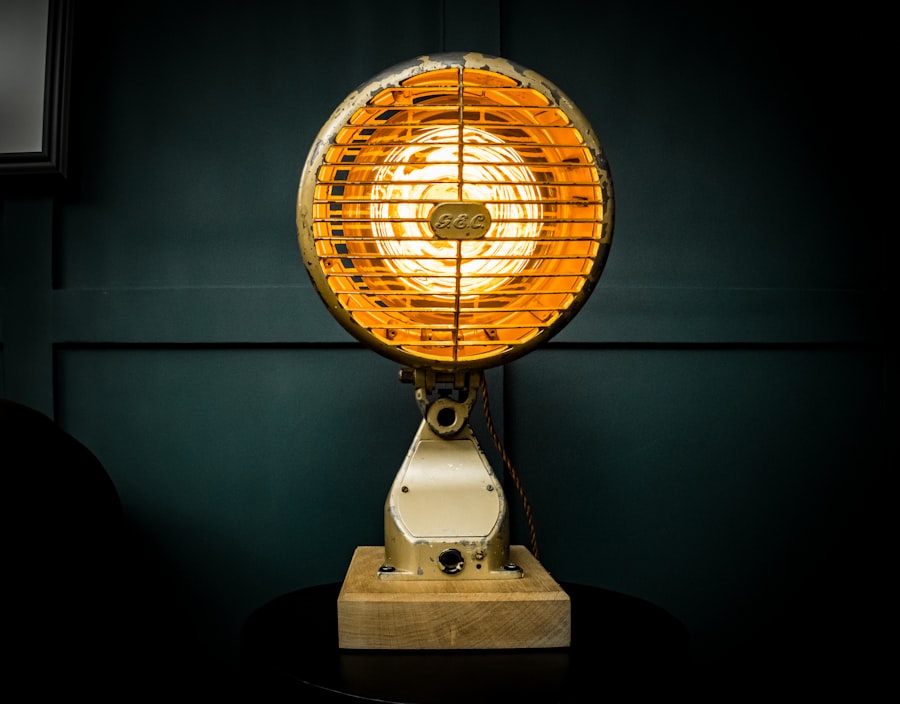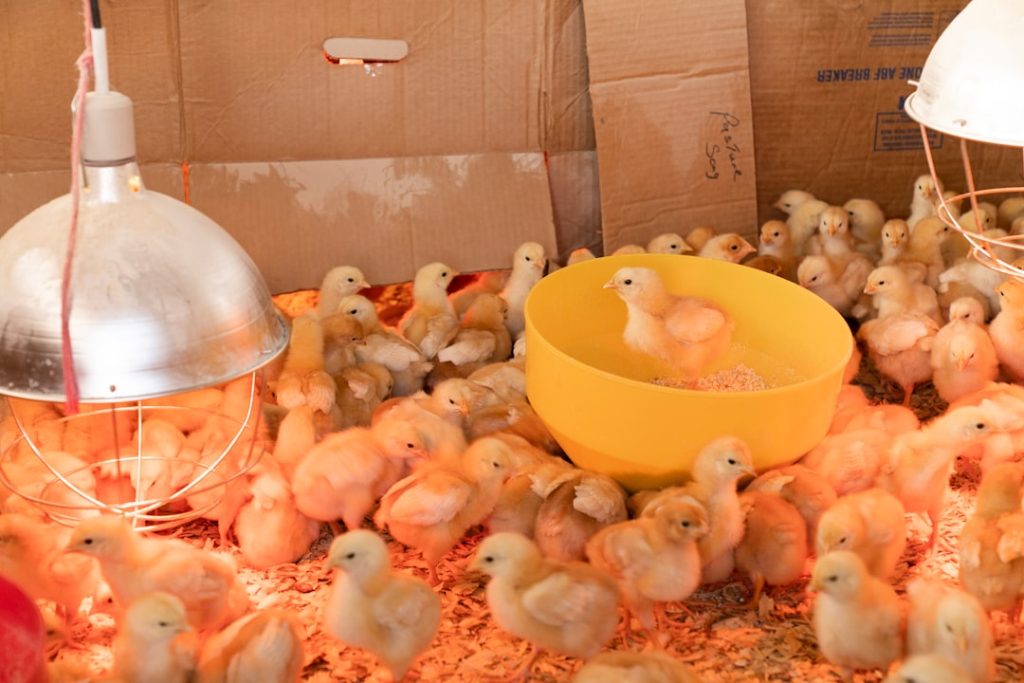Chickens possess remarkable cold tolerance, but understanding their capabilities is crucial for proper winter care. These birds generally handle cold better than heat due to their ability to fluff their feathers, creating an insulating air layer. Chickens also maintain a higher body temperature than humans, typically around 105°F (40.6°C), aiding in cold weather adaptation.
Cold tolerance varies among chicken breeds. Cold-hardy varieties like Plymouth Rock and Orpington are better suited for lower temperatures compared to Mediterranean breeds such as Leghorns and Minorcas. Knowing the specific cold tolerance of your chicken breeds is essential for appropriate winter care.
Frostbite is a concern for chickens, particularly affecting their combs and wattles. Signs include discoloration and swelling. Preventive measures are important, such as providing adequate shelter, insulation, and appropriate heating options for the coop.
These steps help minimize frostbite risk and maintain chicken health and comfort during winter months.
Table of Contents
- 1 Determining the ideal temperature for your flock
- 2 Providing adequate shelter and insulation
- 3 Choosing the right heating options for your coop
- 4 Monitoring temperature and adjusting as needed
- 5 Considering the impact of cold on egg production
- 6 Ensuring the health and comfort of your chickens during winter
- 7 FAQs
Key Takeaways
- Chickens have a natural cold tolerance, but it varies by breed and age
- The ideal temperature for chickens is between 45-75°F, with adjustments for extreme cold or heat
- Adequate shelter and insulation are crucial for protecting chickens from cold weather
- Heating options for coops should be chosen carefully to avoid fire hazards and overheating
- Regular monitoring of temperature and adjustments are necessary to ensure the comfort and health of chickens
Determining the ideal temperature for your flock
Ideal Temperature Range
The ideal temperature for chickens is between 45 and 65 degrees Fahrenheit. This range allows them to maintain their body temperature without expending too much energy to stay warm.
Temperature Extremes
When the temperature drops below 45 degrees, chickens may start to feel the effects of the cold, particularly if they are not provided with adequate shelter and insulation. On the other hand, temperatures above 65 degrees can cause chickens to overheat, especially if they are confined to a coop with poor ventilation.
Monitoring and Adjusting
It’s essential to monitor the temperature in your coop regularly, especially during extreme weather conditions. Using a thermometer in the coop can help you keep track of the temperature and make adjustments as needed. Additionally, paying attention to your chickens’ behavior can also give you clues about whether they are comfortable or not. If they are huddling together or showing signs of distress, it may be a sign that the temperature in the coop is not ideal.
By determining the ideal temperature for your flock and taking steps to maintain it, you can ensure that your chickens stay healthy and comfortable throughout the winter.
Providing adequate shelter and insulation

Providing adequate shelter and insulation is crucial for keeping your chickens comfortable and healthy during the winter months. A well-constructed coop with good insulation can help to maintain a stable temperature and protect your chickens from the elements. When designing or choosing a coop for your flock, consider factors such as ventilation, draft protection, and adequate space for your chickens to roost and move around.
Proper ventilation is important for maintaining air quality and preventing moisture buildup, which can lead to respiratory issues in chickens. Insulation can also help to regulate the temperature inside the coop and provide an extra layer of protection against the cold. Insulating materials such as straw, hay, or wood shavings can be used on the floor of the coop to provide warmth and insulation.
Additionally, adding extra bedding in nesting boxes can help to keep eggs warm and prevent them from freezing. It’s important to regularly clean and replace bedding to maintain a dry and comfortable environment for your chickens. In addition to providing shelter and insulation in the coop, it’s important to also consider outdoor spaces where your chickens may spend time during the day.
Providing windbreaks, such as shrubs or tarps, can help to protect your chickens from cold winds and provide them with a more comfortable outdoor environment.
Choosing the right heating options for your coop
When it comes to heating options for your coop, there are several factors to consider, including safety, energy efficiency, and effectiveness. While some chicken owners may opt for traditional heating methods such as heat lamps or space heaters, it’s important to use caution when using these devices in a coop with flammable bedding and materials. Heat lamps can pose a fire hazard if not properly secured and monitored, and space heaters can also present a risk of fire if not used carefully.
An alternative heating option that is gaining popularity among chicken owners is radiant heat panels. These panels are mounted on the ceiling of the coop and provide gentle, radiant heat that warms the chickens directly without heating the air around them. Radiant heat panels are considered a safer and more energy-efficient option compared to traditional heating methods.
Another consideration when choosing heating options for your coop is energy efficiency. Insulating the coop and using energy-efficient heating methods can help to reduce energy costs while still providing a comfortable environment for your chickens. Additionally, using a thermostat or timer with your heating device can help to regulate the temperature in the coop and prevent overheating.
Monitoring temperature and adjusting as needed
Monitoring the temperature in your coop is essential for ensuring the health and comfort of your chickens during the winter months. Using a thermometer in the coop can help you keep track of the temperature and make adjustments as needed. It’s important to check the temperature regularly, especially during extreme weather conditions, and make changes to heating options or insulation as necessary.
In addition to using a thermometer, paying attention to your chickens’ behavior can also give you clues about whether they are comfortable or not. If they are huddling together or showing signs of distress, it may be a sign that the temperature in the coop is not ideal. Making adjustments such as adding extra bedding, adjusting heating options, or providing additional shelter can help to create a more comfortable environment for your chickens.
It’s also important to be prepared for power outages or other unexpected events that may affect the temperature in your coop. Having a backup heating plan in place, such as a generator or alternative heating source, can help to ensure that your chickens stay warm and comfortable even in challenging circumstances.
Considering the impact of cold on egg production

Providing a Comfortable Environment
To mitigate the impact of cold on egg production, it’s essential to provide your chickens with a comfortable environment that allows them to maintain their body temperature without expending too much energy. This includes providing adequate shelter and insulation in the coop, as well as choosing the right heating options to maintain a stable temperature.
Nutrition and Egg Production
In addition to providing a comfortable environment, it’s crucial to ensure that your chickens have access to a balanced diet that provides them with the nutrients they need to stay healthy and continue laying eggs during the winter months.
Supplementing Their Diet
Supplementing their diet with additional protein and nutrients can help to support egg production even in colder weather. By taking these steps, you can help to minimize the impact of cold temperatures on egg production and keep your chickens healthy and productive throughout the winter.
Ensuring the health and comfort of your chickens during winter
Ensuring the health and comfort of your chickens during winter requires careful planning and attention to their specific needs during colder weather. In addition to providing adequate shelter and insulation in the coop, it’s important to also consider factors such as water availability and nutrition. Water is essential for keeping chickens hydrated and healthy, but it can be challenging to maintain water availability during freezing temperatures.
Using heated waterers or regularly checking and replacing frozen water can help to ensure that your chickens have access to clean water at all times. Nutrition is also an important factor in maintaining the health of your chickens during winter. Providing a balanced diet that includes additional protein and nutrients can help to support their immune system and overall health during colder weather.
Additionally, providing enrichment activities such as scratch grains or hanging treats can help to keep your chickens active and engaged during winter months when they may spend more time indoors. Regular health checks are also important for monitoring the well-being of your flock during winter. Checking for signs of frostbite, respiratory issues, or other health concerns can help you address any issues early on and prevent them from escalating.
In conclusion, understanding the cold tolerance of chickens and taking steps to provide them with a comfortable environment during winter is essential for ensuring their health and well-being. By determining the ideal temperature for your flock, providing adequate shelter and insulation, choosing the right heating options for your coop, monitoring temperature regularly, considering the impact of cold on egg production, and ensuring their health and comfort during winter months, you can create a safe and comfortable environment for your chickens even in challenging weather conditions.
If you’re wondering how warm you need to keep your chickens in the winter, you may also be interested in learning how to properly insulate your chicken coop. This article provides helpful tips and techniques for keeping your chickens cozy and comfortable during the colder months. Insulating your coop can help maintain a consistent temperature and protect your flock from harsh winter weather.
FAQs
What temperature do chickens need to be kept at in winter?
Chickens can tolerate cold temperatures quite well, as long as they are kept dry and out of drafts. They can handle temperatures as low as 0°F (-18°C) as long as they have proper shelter and bedding.
Do chickens need supplemental heat in the winter?
In most cases, chickens do not need supplemental heat in the winter. Their feathers provide excellent insulation, and they are able to generate body heat by huddling together. However, if temperatures consistently drop below 0°F (-18°C), supplemental heat may be necessary.
What are the risks of providing too much heat to chickens in winter?
Providing too much heat to chickens in winter can actually be more harmful than not providing enough. It can cause them to become dependent on the heat source and make them less able to tolerate cold temperatures. It can also increase the risk of fire in the coop.
How can I help my chickens stay warm in winter without using supplemental heat?
To help chickens stay warm in winter without using supplemental heat, make sure their coop is well-insulated, draft-free, and dry. Provide plenty of bedding for them to nestle into, and consider using a heated waterer to ensure they have access to unfrozen water.
Meet Walter, the feathered-friend fanatic of Florida! Nestled in the sunshine state, Walter struts through life with his feathered companions, clucking his way to happiness. With a coop that’s fancier than a five-star hotel, he’s the Don Juan of the chicken world. When he’s not teaching his hens to do the cha-cha, you’ll find him in a heated debate with his prized rooster, Sir Clucks-a-Lot. Walter’s poultry passion is no yolk; he’s the sunny-side-up guy you never knew you needed in your flock of friends!







